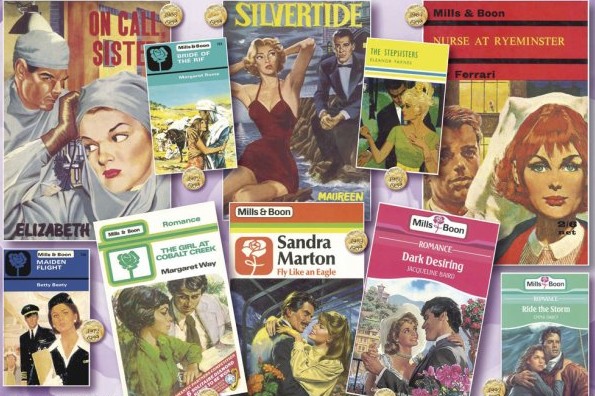 This post is part of a series.
This post is part of a series.
Part 1: Damn Good Romances
Part II: Romantic Tension
Part III: Romantic Conflict
Part IV: Emotional Intensity
Part V: Heart-Stopping Moments
Part VI: Uncertainty of Outcome
Part VII: Moment of Ultimate Vulnerability
Part VIII: Happy Ever After…For Now
_____________
Emotional Intensity
When I first started writing romance novels, I was still living in Australia. Everyone writing romance back then seemed to be reading Harlequin Romance and Harlequin Presents books. We knew them as Mills & Boon novels. The big sweeping historical romance novels that most American readers grew up reading were unavailable to us. So when we started writing, we naturally turned to Mills & Boon as the market we wanted to break in to. It was also a very lucrative market. There were dozens of authors making very good money indeed writing four books a year for M&B, and many of them were Australian and New Zealand authors.
Back then, Mills & Boon in London had a standard rejection letter which was notorious in writing circles, and universally dreaded by writers just starting to market their work.
The body of the letter — all of it — ran:
“We have considered your novel Wuthering Heights, and although it is well written, we feel it lacks the extra degree of emotional punch for which we look.”
Trying to crack this “emotional intensity” code was the subject of endless working sessions where manuscripts were critiqued to death in search of the answer.
 The telling thing about this rejection letter is that it is standard — in other words, it serves to explain the majority of rejections. This means the majority of manuscripts received do not have enough emotional intensity.
The telling thing about this rejection letter is that it is standard — in other words, it serves to explain the majority of rejections. This means the majority of manuscripts received do not have enough emotional intensity.
It’s a good demonstration of how important this element is to a romance novel.
Emotional intensity isn’t a single element you can put your finger on, and say “there it is.” It’s a by-product of a dozen different elements in a romance novel all working together seamlessly, to build up the emotional tension to a fever pitch, then mercilessly holding it there until the endThe bigger elements that contribute to the emotional intensity include:
- The characters
- The plot
- The romantic conflict
To some degree, the setting can also contribute. Historical romances, for instance, can add to the reader’s sense of emotional intensity, if they’re historical lovers, and the author has done a good job of description and scene setting. Paranormals, with atmospheric settings, can work the same way.
But settings can also kill off the positive romantic emotional tension, if they’re the wrong sort. That’s why romantic suspense authors are possibly the most underrated authors in the genre. They’re constantly juggling hard, gritty storylines against the need to keep the romantic storyline tension wound up tight. It can be an enormous challenge.
But you will know when the emotional intensity is creeping upwards, because whenever a scene shifts away from the hero(es) and heroine and their problems, and you are mildly annoyed, because you just want to get back to them and see what happens next — that’s emotional intensity at work.
That’s when a romance novel starts to become “unput-downable.”
Next: Heart Stopping Moments
____________________